
PHOTON COUNTING IN BATTERY INSPECTION
By using high quality X-ray imaging technology for battery inspection during the key steps within the non-destructing quality control protocols, the novel inspection technique can help confirm both safety compliance and quality assurance requirements are met as established by the battery manufacturer.
Whether small or large, batteries are typically designed using ultra-thin, alternating layers of cathode, electrolyte, and anode, with insulation to separate the layers and prevent potential short circuits. Small batteries, like those used in smart devices, usually have 20-50 layers, while larger batteries, like those used in electric vehicles, tend to have upwards of 200-250 layers. With batteries having so many alternating layers, each with a thickness of between 10 and 150 μm, high precision imaging detectors are required for battery inspection.
Here are some potential use cases for battery inspection using Varex Imaging’s line-up of powerful photon counting detectors.
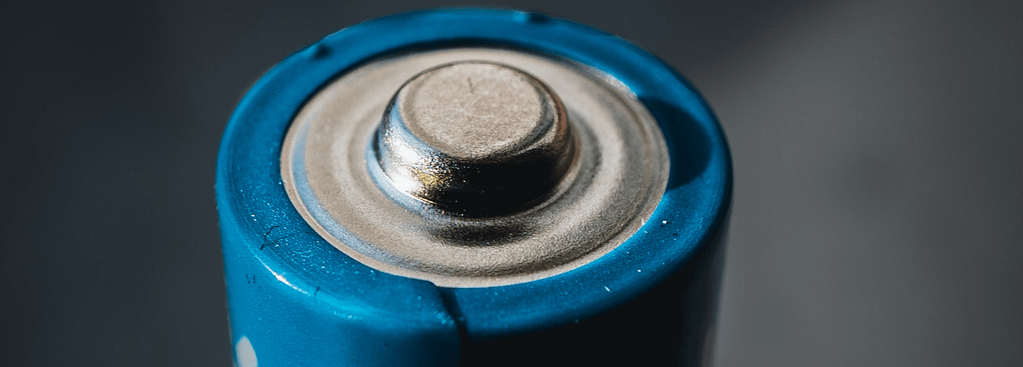
DC-TDI X-ray Detector in 2D Battery Inspection
Our DC-TDI detector can provide high speed pre-scan imaging of significant anomalies during in-line inspection of stacked batteries. Using this method, potential malfunctions that can cause defects in the batteries, the anode-cathode offsets in this case, can be quickly identified.
For this 2D inspection method, the parallax effect of the stacked layers is reduced to a minimum possible level by keeping the scanning direct at a 90-degree angle to the anode/cathode layers so that every layer is vertical to the line scanner.
A battery inspection system requires geometric magnification to be able to distinguish the layers inside a battery which means that the focal spot of the X-ray source needs to be 15-40µm in size, and in some cases a bit smaller. Microfocal X-ray sources have limited power which in turn requires an efficient detector. Typically, the efficiency of a detector is improved by increasing the number of pixel lines to be able to capture a larger part of the X-ray beam. This, however, causes a more severe parallax issue disturbing the inspection.
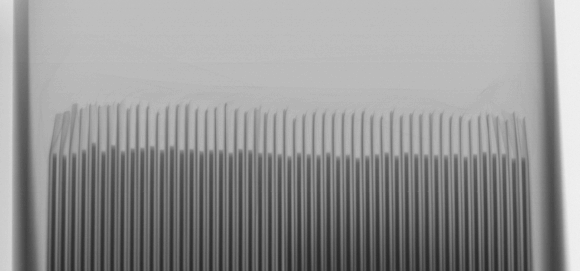
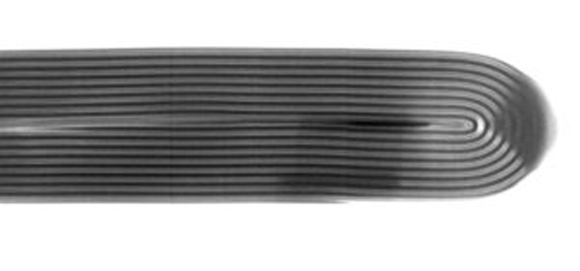
Due to the high intrinsic efficiency of the DC-TDI detectors, the number of pixel lines can be kept smaller thus reducing the parallax issue.
This method of 2D battery inspection would typically combine a DC-TDI photon counting detector (either a 100 mm or 200 mm long, depending on the size of the batteries being inspected) for fast scanning with a microfocus tube. The energy level and the power of the tube are important factors in both the speed and imaging capabilities of the detector. In this setup, tube energy levels of up to 160 kVp, with X-ray power of 75-200 W and a detector matching the 160 kVp would be typical.
High Speed CT Inspection with the DC-Thor.10G
The Direct Conversion DC-Thor.10G photon counting detector was engineered for high quality imaging acquisition at rates in excess of 1,000 fps when implemented in industrial inspection settings. When a high volume of products require inspection, reduction in CT imaging time enables a faster inspection time. The DC-Thor.10G has demonstrated a reduction of CT inspection time by a factor of approximately 10 per stacked battery corner (100-200 fps with a 150 W X-ray tube and 1,000 projections/CT).
In this scenario, the detector is able to conduct a full, four corner battery CT scan (including time for positioning and rotation to scan each corner) in under one minute. When coupled with a higher power X-ray tube or source, this scan speed can be increased to more than 200 fps, allowing for a complete four corner battery CT scan in less than 30 seconds.
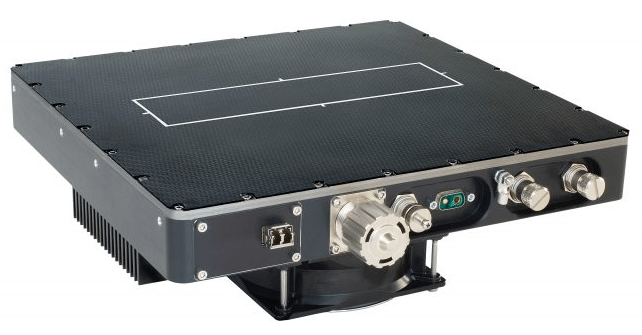
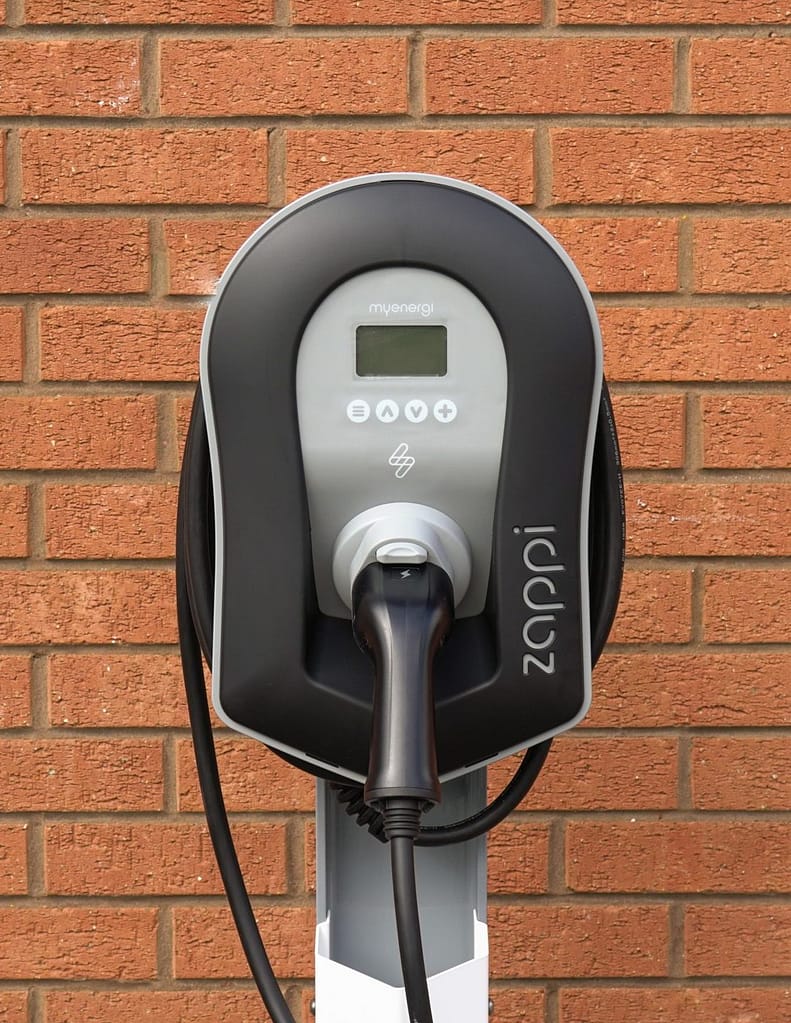
High speed battery inspection is key as battery technology advances
Over the past few years, the market for electric vehicles has expanded by leaps and bounds as these vehicles have become more practical and mainstream. With expanded battery capacities and fast charging capabilities being developed, battery manufacturers must continue to adapt to keep in step with new challenges. Our Direct Conversion engineers will continue to work closely with battery manufacturers to provide high speed and accurate X-ray detectors as the manufacturers work to ramp up production.
Please contact our sales representatives if you have any questions regarding our photon counting detectors.